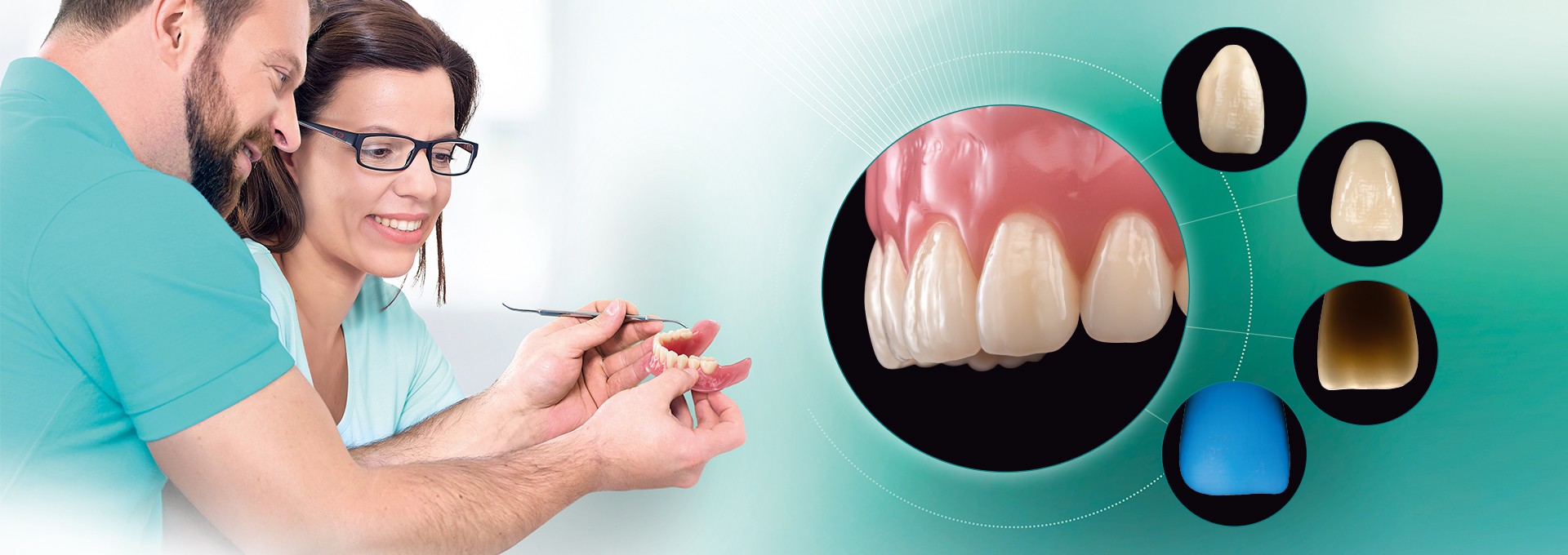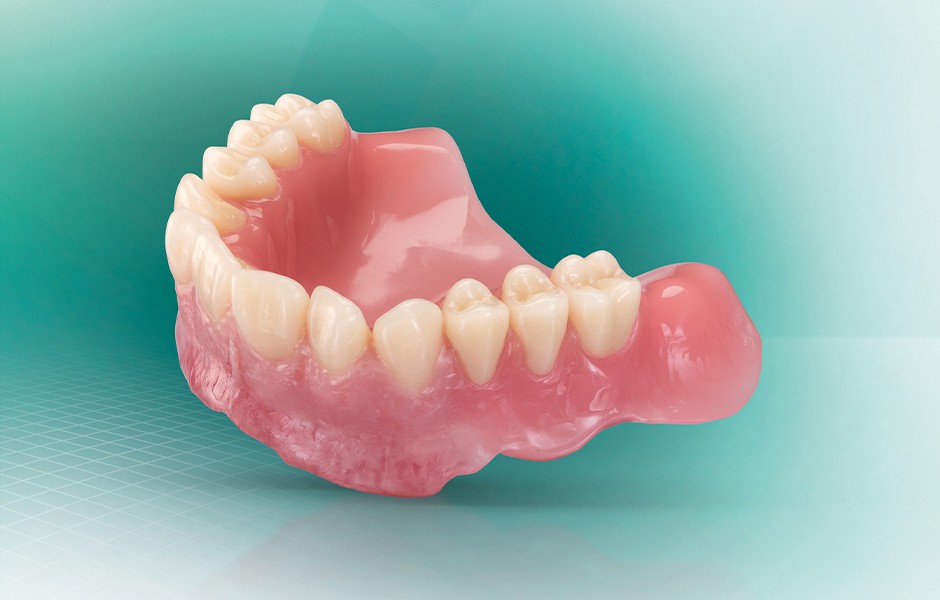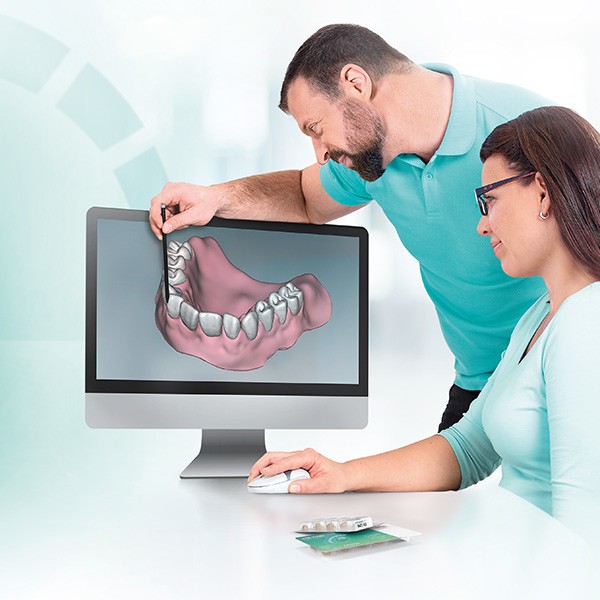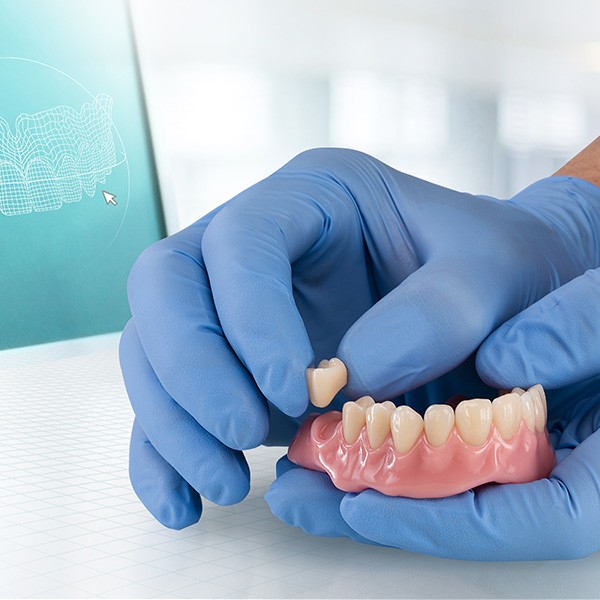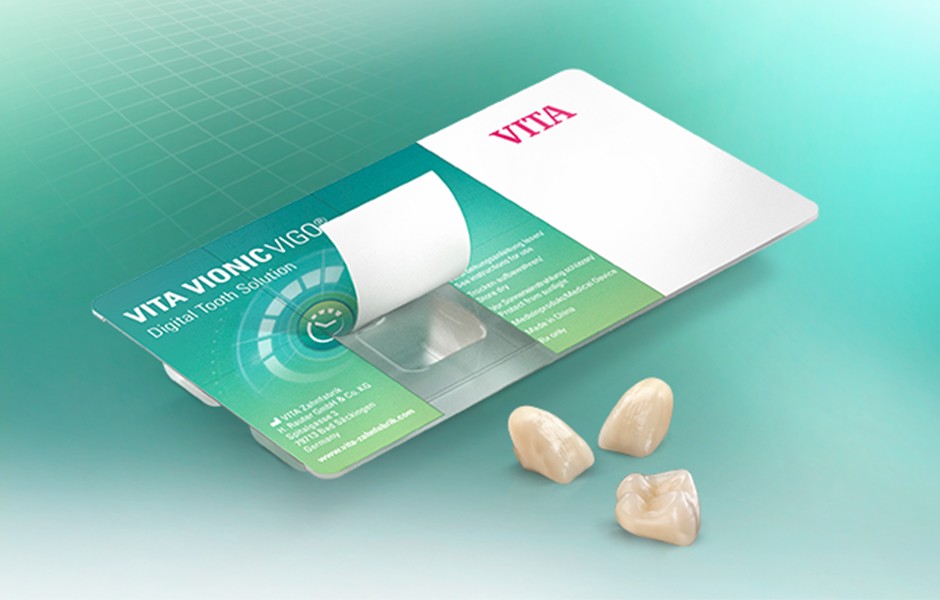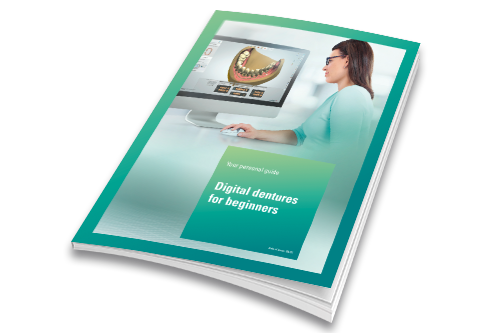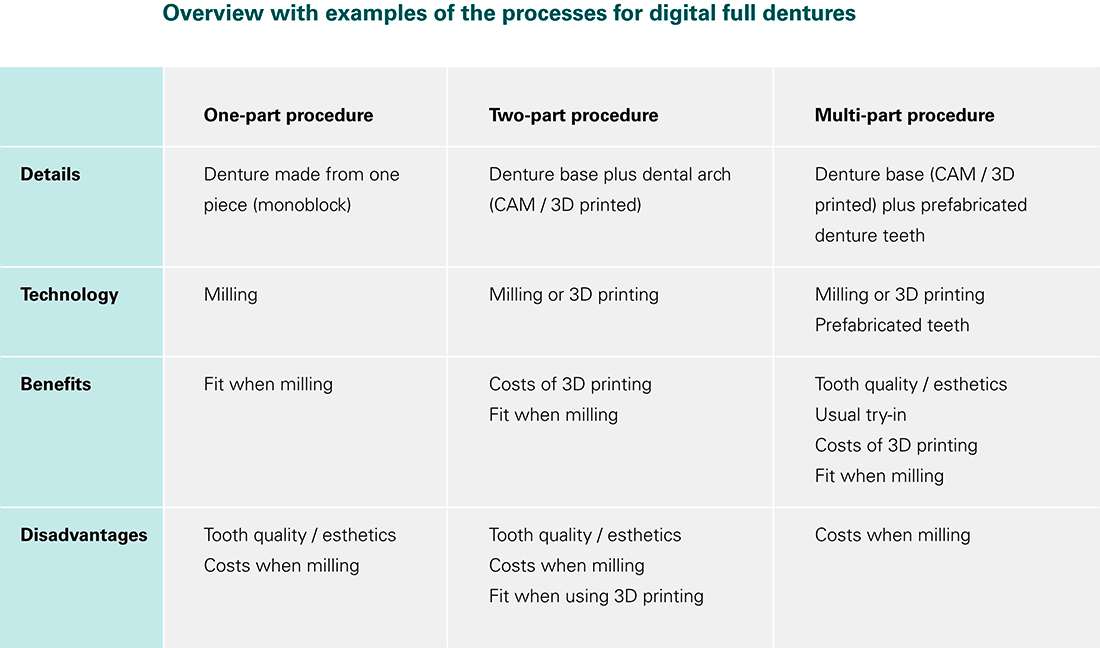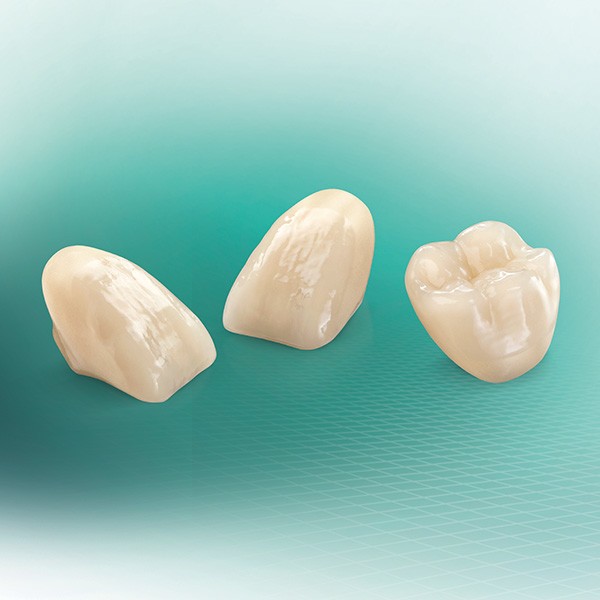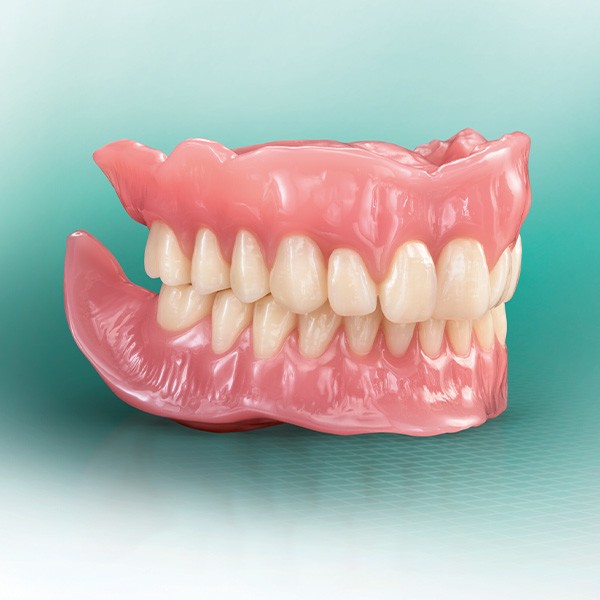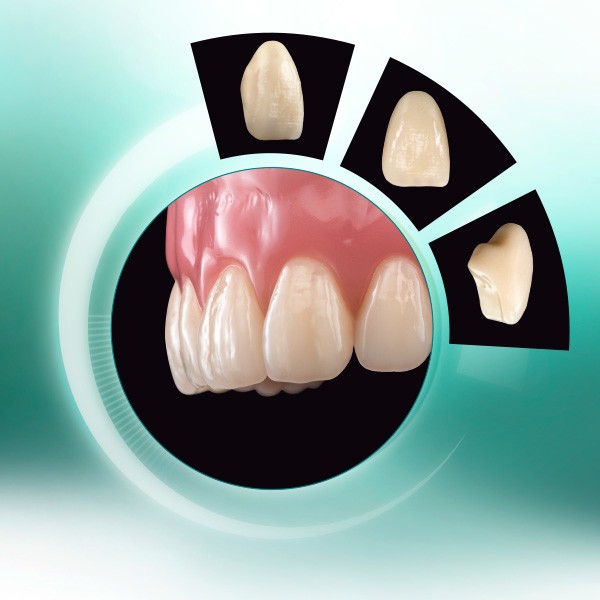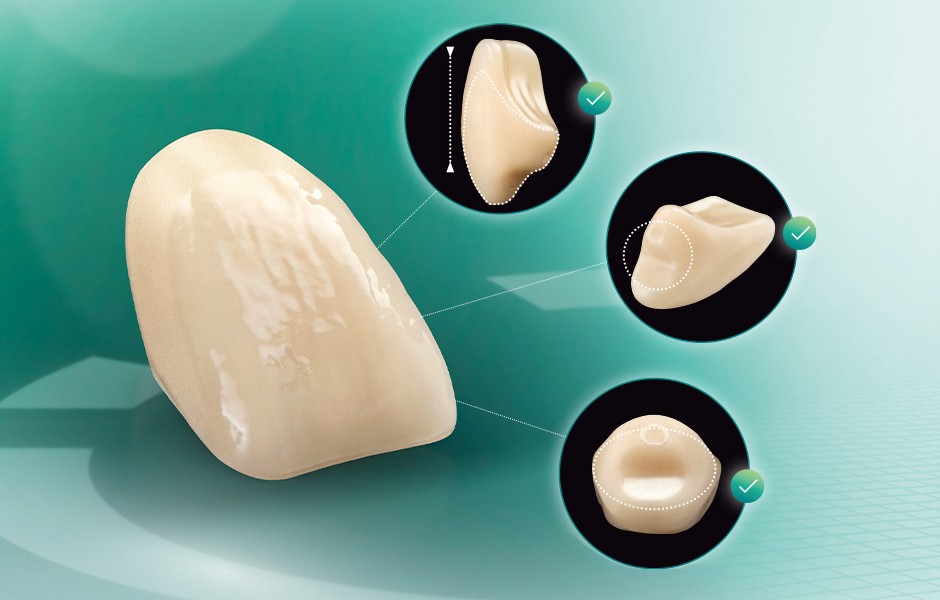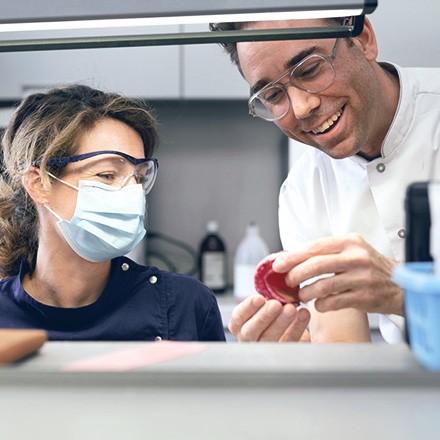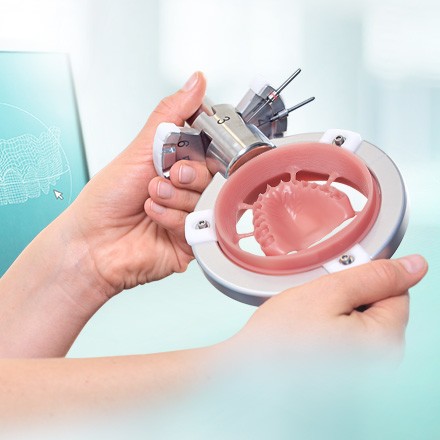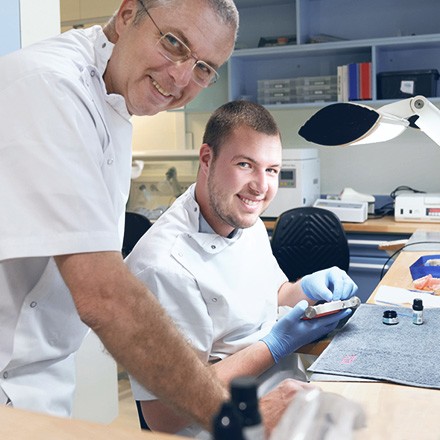Five things you should know to start fabricating digital dentures without compromising esthetics.
You have probably already asked yourself the following questions: What can digital full dentures do and does digital denture fabrication in the dental laboratory make sense at this point in time? And does the CAD software really do what dental technicians have learned over decades? After all, full dentures are one of the most demanding dental technology disciplines. In this post you will find answers to these and many other questions about digital dentures.

